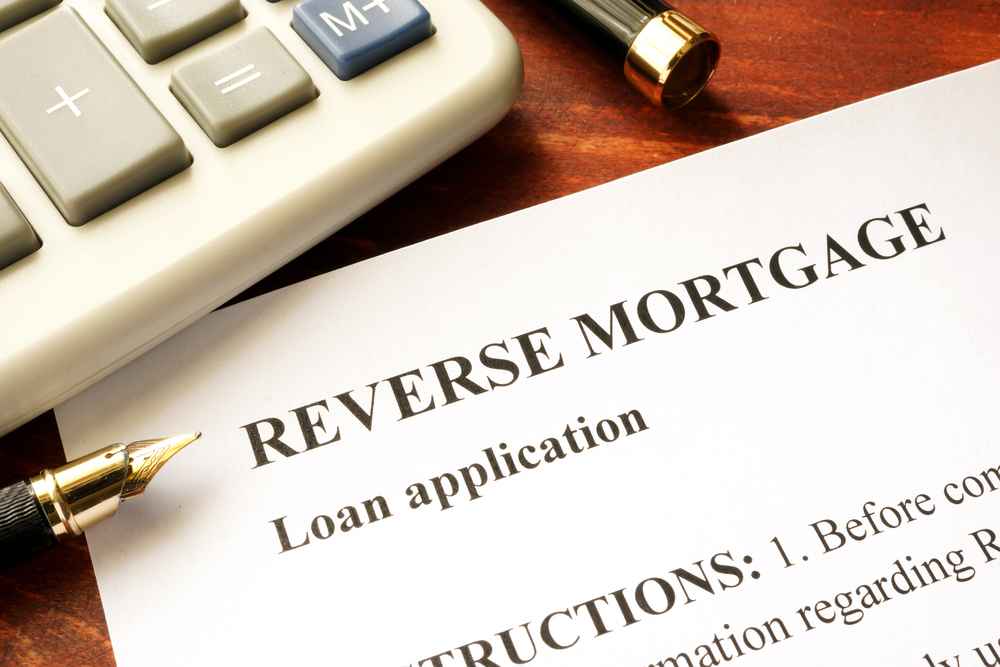You are a 62-year-old senior citizen who just retired. You have substantial amounts of home equity and wish to fund your remaining golden years. You do not want to sell your house to avoid moving out of your precious house. Your best bet is a reverse mortgage.
1- What Exactly Is it?
It is a form of loan that people 62 years of age or older can take in the form of a lump sum, monthly payment, or line of credit. It allows seniors to get cash equivalent to their home equity without having to move or sell their houses. The house serves as collateral for the loan to the lender.
Just like a forward mortgage, a reverse mortgage consists of principal plus interest. However, unlike a forward mortgage, the homeowner doesn’t have to make any loan payments. Rather, the home serves as collateral for the loan, including both principal and interest.
Once the homeowner dies or moves out permanently, the lender gets his share of the funds by selling the house on the market.
2- How Reverse Mortgage Works
To qualify, you should be 62 years of age or older and have a considerable amount of equity in your home. Secondly, you should own your home or be near to paying it off. Once you qualify, the lender provides payment in any type of form you prefer. The payment consists of the principal, including the pre-deducted interest rate, so that you won’t have to pay anything at all. You will also be entitled to your home instead of the lender.
Once the homeowner moves out permanently or passes away, the lender completes his payment by selling the house on the market, and the original principal, interest, insurance, and other fees are covered from the proceeds.
3- How To Receive Mortgages Proceeds:
Once you’ve decided to opt for a reverse mortgage, you can use its proceeds in a number of ways.
Lump-Sum Amount
A lump-sum option comes with a fixed interest rate and allows you to take all your proceeds at once.
Monthly Payments
The homebuyer receives monthly payments from the lender for as long as he lives in the chosen house. This can also be called a “tenure plan”.
Term Payments:
The lender sets a time period according to the borrower’s preference, such as 5 or 10 years, and then makes payments to the borrower over that span of time.
Line of Credit:
The homeowner can borrow money anytime he wishes from the lender as long as it’s available. Interest is to be paid only on the actual amounts borrowed from the credit line.
4- Types of Reverse Mortgage
There are three types, each designed to suit different financial needs.
i- Home Equity Conversion Mortgage
These are the most famous types backed by the U.S. Department of Housing and Urban Development (HUD). The funds you receive from these can be used for any purpose. HECMs are also federally-insured mortgages. However, borrowers are bound to receive HUD-approved counseling beforehand.
ii- Proprietary
These are private types of mortgage loans not backed by the government. Borrowers can get larger funds through these if their house is valued at a high market price.
iii- Single Purpose
These are considered affordable mortgages were given by state and local governments and non-profit organizations. However, these restrict the borrower to only using the funds for one specific purpose specified by the lender.
6- Should You Apply for Reverse Mortgage?
The answer to this is dependent on a host of factors. The decision depends on your financial need and a number of other factors. Where there are benefits, there are drawbacks attached to them. You need to evaluate each benefit and its consequences and then select what’s best for you.
7- Benefits of a Reverse Mortgage
It is a great option for seniors who wish to enjoy cash income to fund their golden years. It frees people from the tension of expenses by having home equity as their sole asset. As long as you pay your taxes, maintenance charges, and insurance, then you can easily enjoy the comfort of your home.
The second alternative is to sell your house all together, but this will result in the person shifting to a newer place. Shifting is hectic and emotional. A reverse mortgage saves you from the hassle of selling and shifting. You also avoid the possibility of moving into nursing homes or other such facilities.
8- Problems With Reverse Mortgage
One of the major concerns is that your dependents would have to move out once you pass away. Unless they pay off the loan amount back to the lender, which is usually a large amount, a reverse mortgage won’t benefit your heirs.
A second possible problem is that you outlive the proceeds of the plan because you’ve selected a plan that doesn’t provide lifetime income.
These mortgages can be more costly as lenders charge origination fees, closing fees, and servicing fees throughout. Interest also accumulates as it is added to your balance, so the amount you owe also increases.
Summing It Up
If you are a senior citizen planning to fund your golden years with the ease and comfort of your home, then a reverse mortgage could be a good option for you. However, if you have a spouse and children dependent on you, then getting this type of mortgage will not be for your family. You might be better off selling your home or seeking other retirement plans for income.
How Regentology Can Help You
Keeping up with mortgage payments can be stressful. Taking care of loans and other expenses can be bizarre. However, regentology has got you covered. We will assist you with the best options. If you’re looking toward forward or reverse mortgages; fill out our form. We will help you connect with the right loan officer who understands your needs and can help you with a mortgage within your budget.


